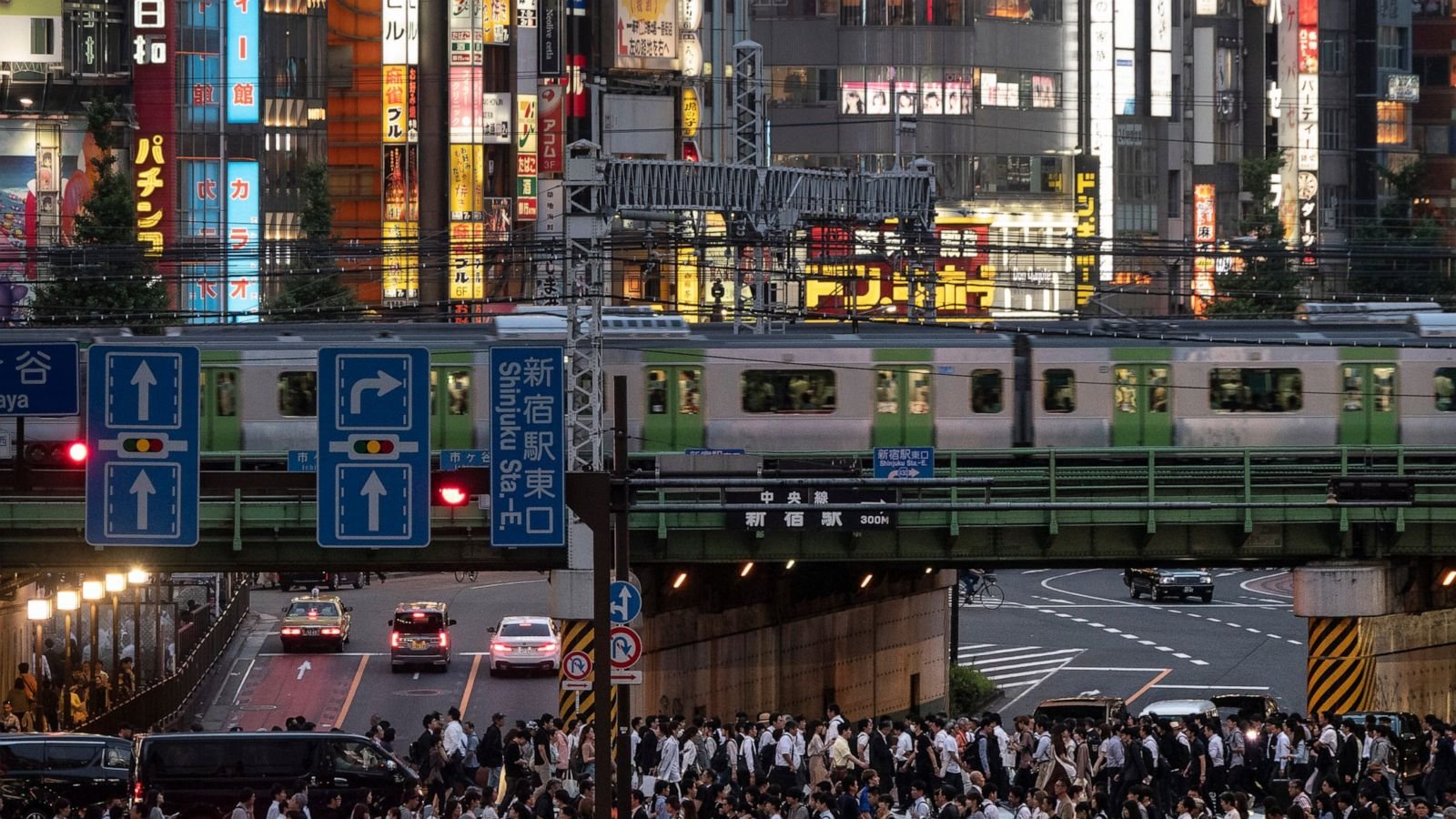The History Of The Yamanote Line

Japan’s railway system is famous for its impeccable operation and extensive system.
An often cited example is the Yamanote Line, which connects some of Tokyo's most iconic and central places, from Ueno, over Akihabara to Tokyo station.
The history of what we know now as the Yamanote line began in 1872, when the Tokaido Line, Japan’s first railway line, officially opened. It connected Shimbashi with the port of Yokohama, mainly distributing freight. This line passed through Shinagawa, creating the very first piece of the loop by connecting the stations of Shinagawa and Shimbashi. To allow the transport of vegetables from Japan’s north that mainly arrived at Ueno to Shimbashi, in 1885, the private Shinagawa line was established. Due to the high population density, the line had to be built on empty land that eventually would become Shibuya and its surrounding stations. The full loop was closed 40 years later in 1925.
During the pre-war era, the Ministry of Railways did not issue permits to private suburban railway companies for new lines to cross the Yamanote Line, and private run railways had to end at the “official” stations. This led to urbanization around stations like Ikebukuro or Shinjuku, now the two busiest railway stations in the world. Additionally, the 1923 earthquake and the war were major setbacks in the process of construction of the Yamanote line and especially the fire bombings teared down many stations.
After the war, occupied Japan and the US were keen on rebuilding Tokyo's infrastructure and railway system and stations like Tokyo station were rebuilt. During that time, the line’s kanji had to be romanized and the Yamanote's characters, 山手, were romanized as Yamate, which was changed in the 1970s to “Yamanote” to differentiate the line from Yokohama’s Yamate line.
Since 1963, the Yamanote line has had its iconic green trains that bring millions of commuters from A to B in the megapolis. With more than 3.5 million daily passengers, it’s safe to say that the loop has become Tokyo’s heart that keeps the city running.




![The Family Van On Two Wheels: The Mamachari [ママチャリ]](https://images.squarespace-cdn.com/content/v1/57825361440243db4a4b7830/1680076894631-KOT486DFLNJCQOZEOEY4/DSCF3772.jpeg)
